YOU CRY A LOT WHEN YOU'RE ALONE, DON'T YOU?
ELLON GIBBS
JUNE 9 - JULY 9
In an uncertain era, Ellon Gibbs creates compelling landscapes that visualize anxieties about ecological devastation and create alternate realities that speak to the regenerative power of nature. EUROPA is pleased to present Gibbs’ debut New York solo show—You cry a lot when you’re alone, don’t you?—which features a series of oil paintings of isolated figures. These works build visual tableaux that pull us into portals portraying a post-apocalyptic state where dark clouds loom overhead and shadow figures ride through darkened fields filled with articulately rendered blades of glass. Such pieces speak to the perennial battle between humans and nature, and Gibbs uses his vivid imagination to conjure the sublime from the ominous.
To create this new oeuvre, Gibbs drew inspiration from a variety of disciplines, from film to music to classical literature. Musicians such as Vangelis and MIKE set the tone for Gibbs as he works in his studio, providing a sonic backdrop that encourages the artist to make sweeping gestural marks and complex narrative scenes. Films that speak to the connection between nature and spirituality—like Hayao Miyazaki’s Princess Mononoke and Nausicaä of the Valley of the Wind—also helped to inform the artist’s color palettes and compositional choices, encouraging him to create otherworldly landscapes tainted by destruction and the new environments people create following such tragedies. These paintings undulate with unspoken energy, depicting dynamic narratives that allude to mythological stories, daydreams, and religious texts, and showing foliage and water to symbolize new beginnings. As a painter who grew up in an urban environment, Gibbs often yearned to commune more closely with nature. His work is imbued with this sense of longing, and his pieces depict rolling countrysides and expansive seascapes that reflect both his fears and curiosity about nature. For example, Wash Away What Felt Normal (2023) depicts a light blue central figure submerging a person in rust-colored liquid that feels more caustic than cleansing. This contrast between light and dark undercuts the exhibition, and the aforementioned piece even functions as what he calls a “reverse baptism that initiates someone into sin instead of taking it away.”
You Cry A lot When You’re Alone Don’t You is an artist’s meditation on these tensions between ourselves and our planet. Such portrayals transcribe some of society’s darkest fears in ways that words cannot approximate, and Gibbs’ impassioned marks transcend language to create fever dreams of infinite black space punctuated by pockets of light that speak to the embedded optimism in the artist’s work.
Text by Isis Davis-Marks

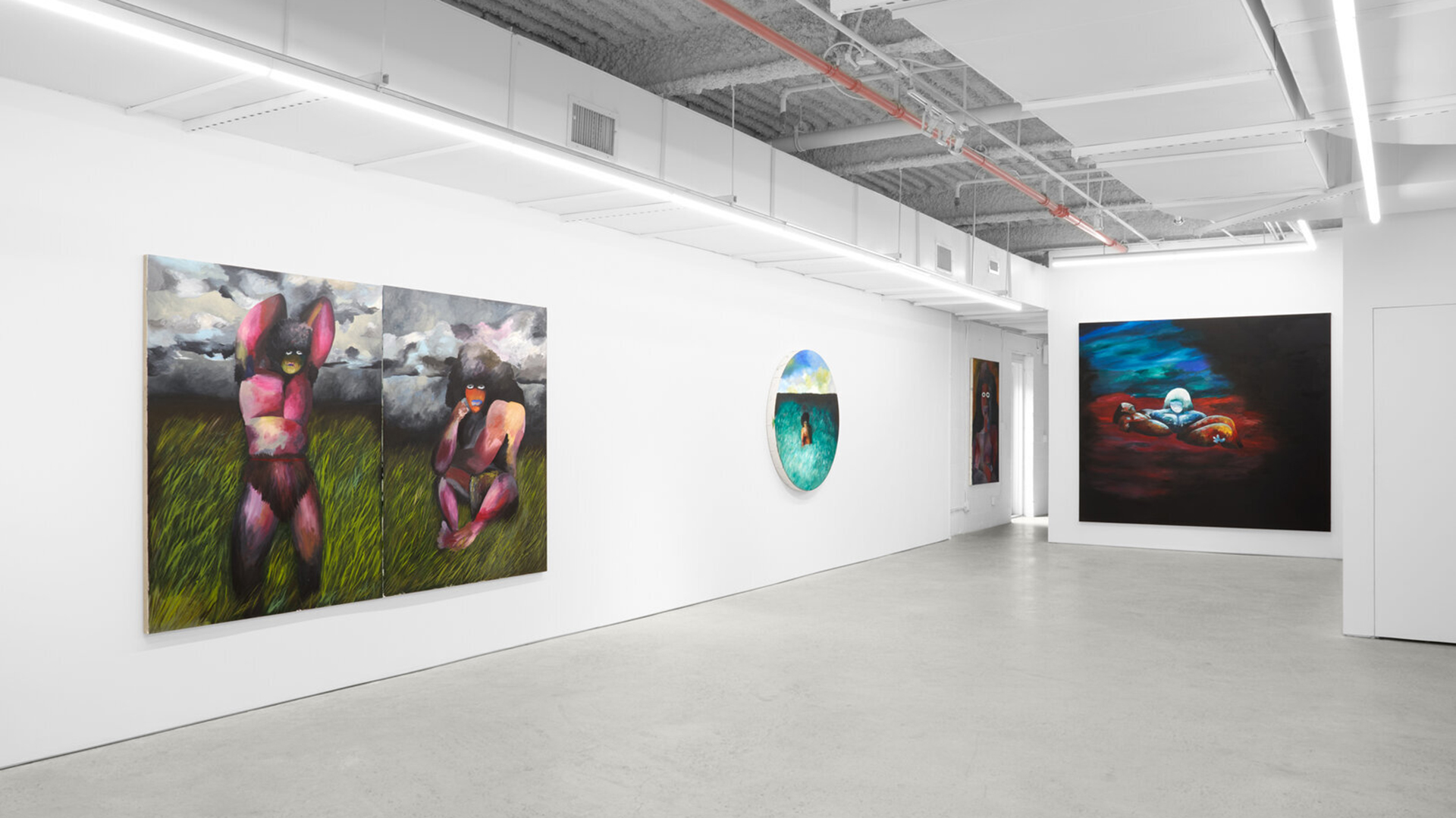
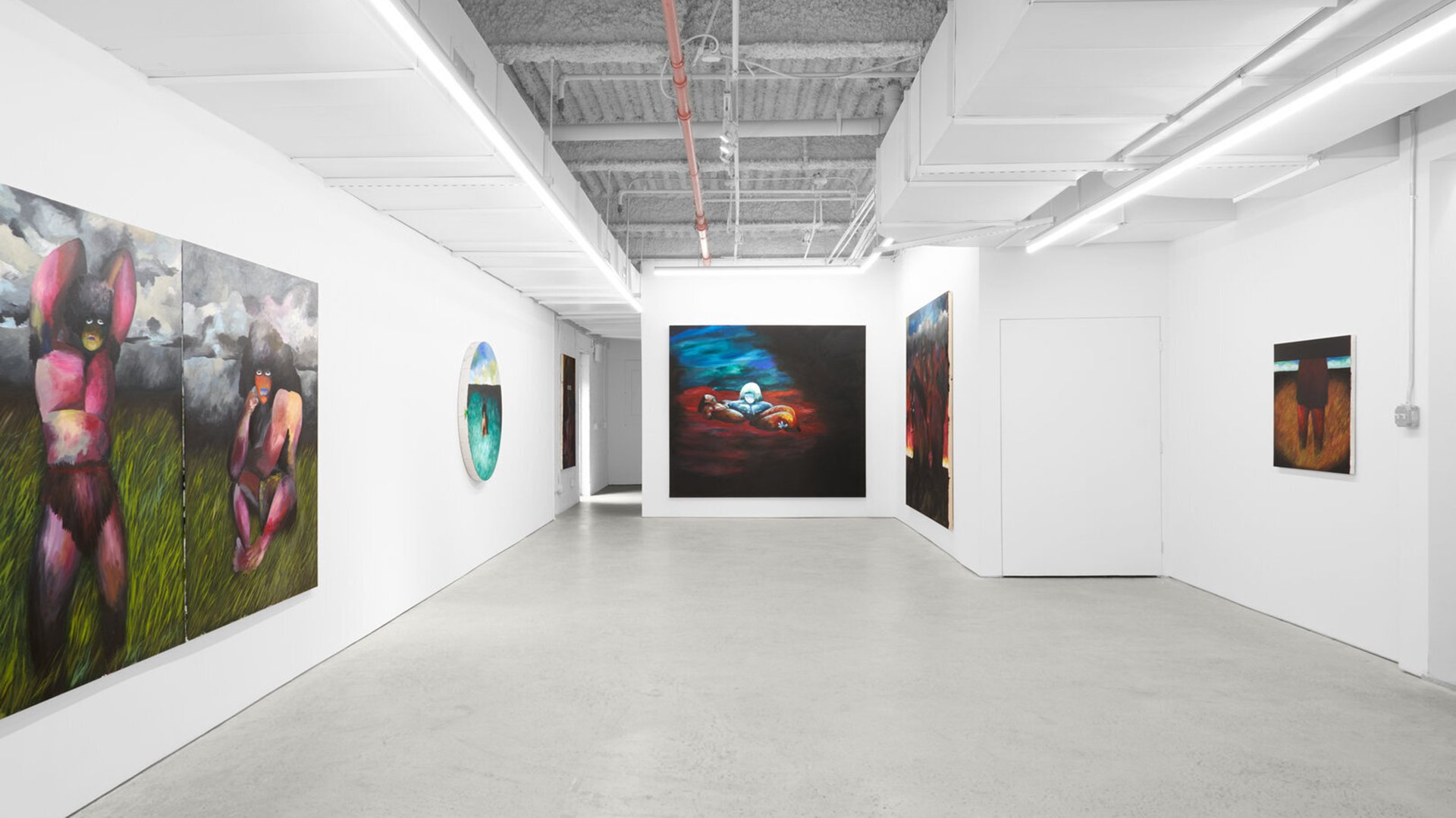
.jpg)
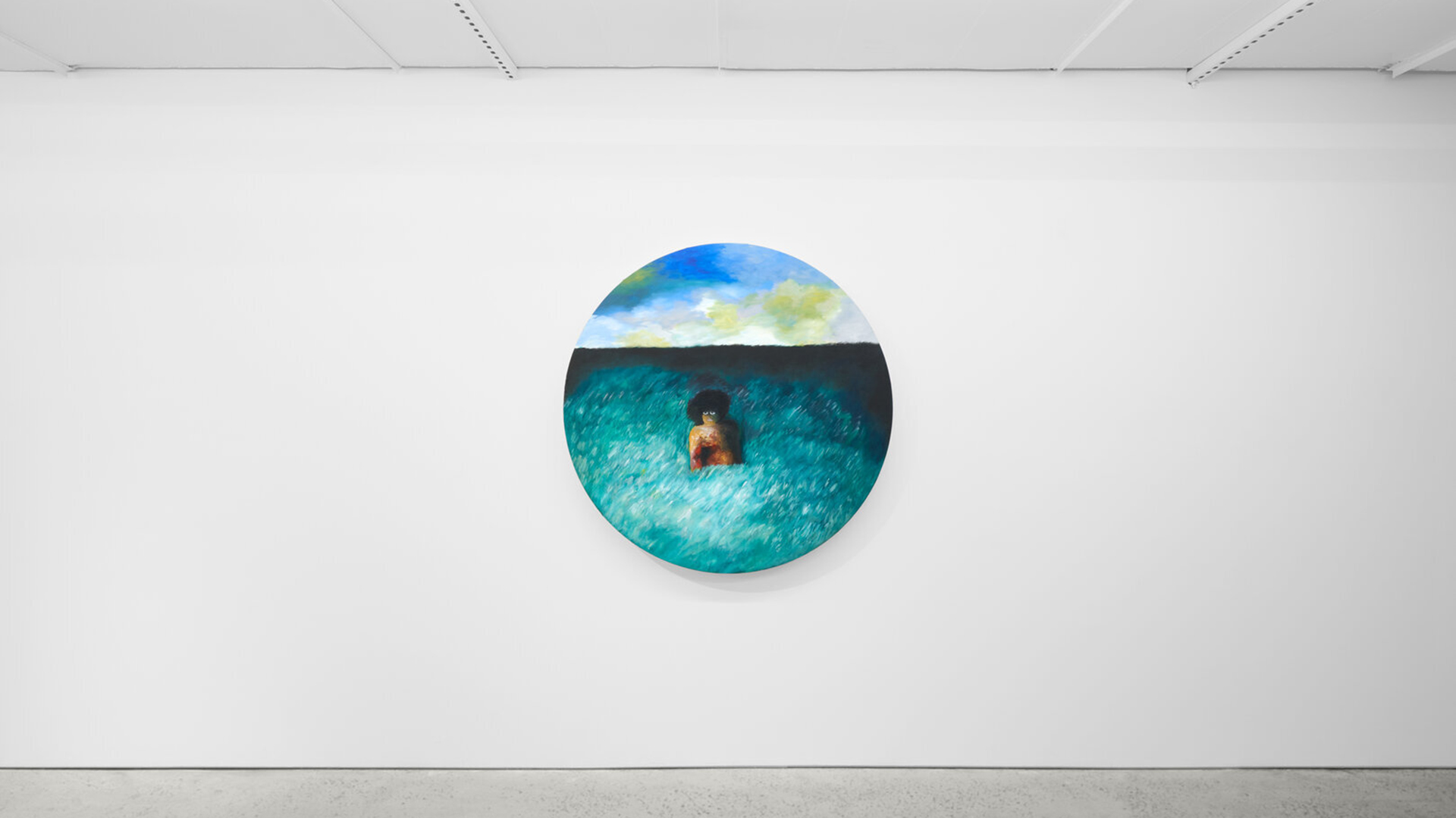
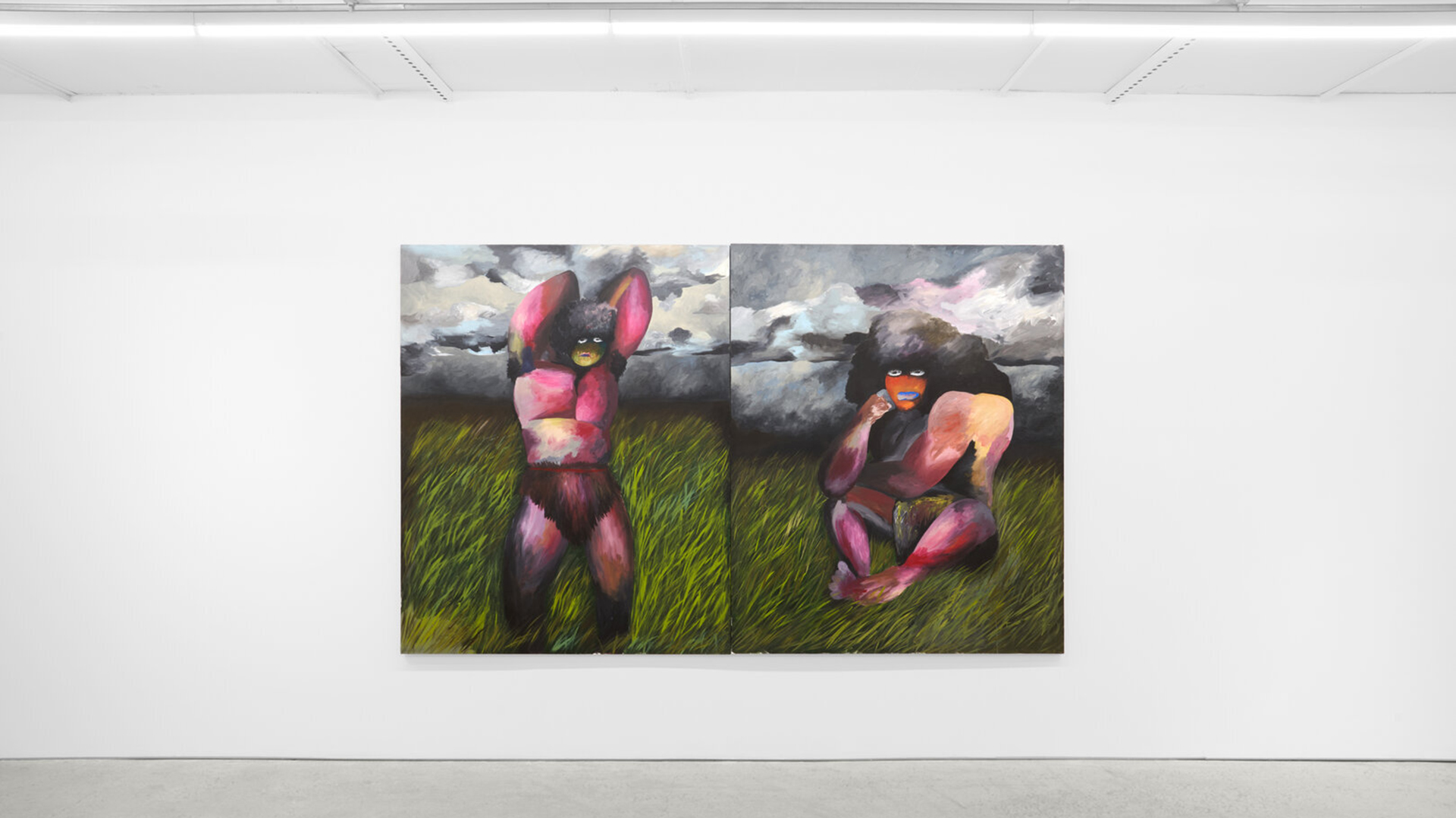
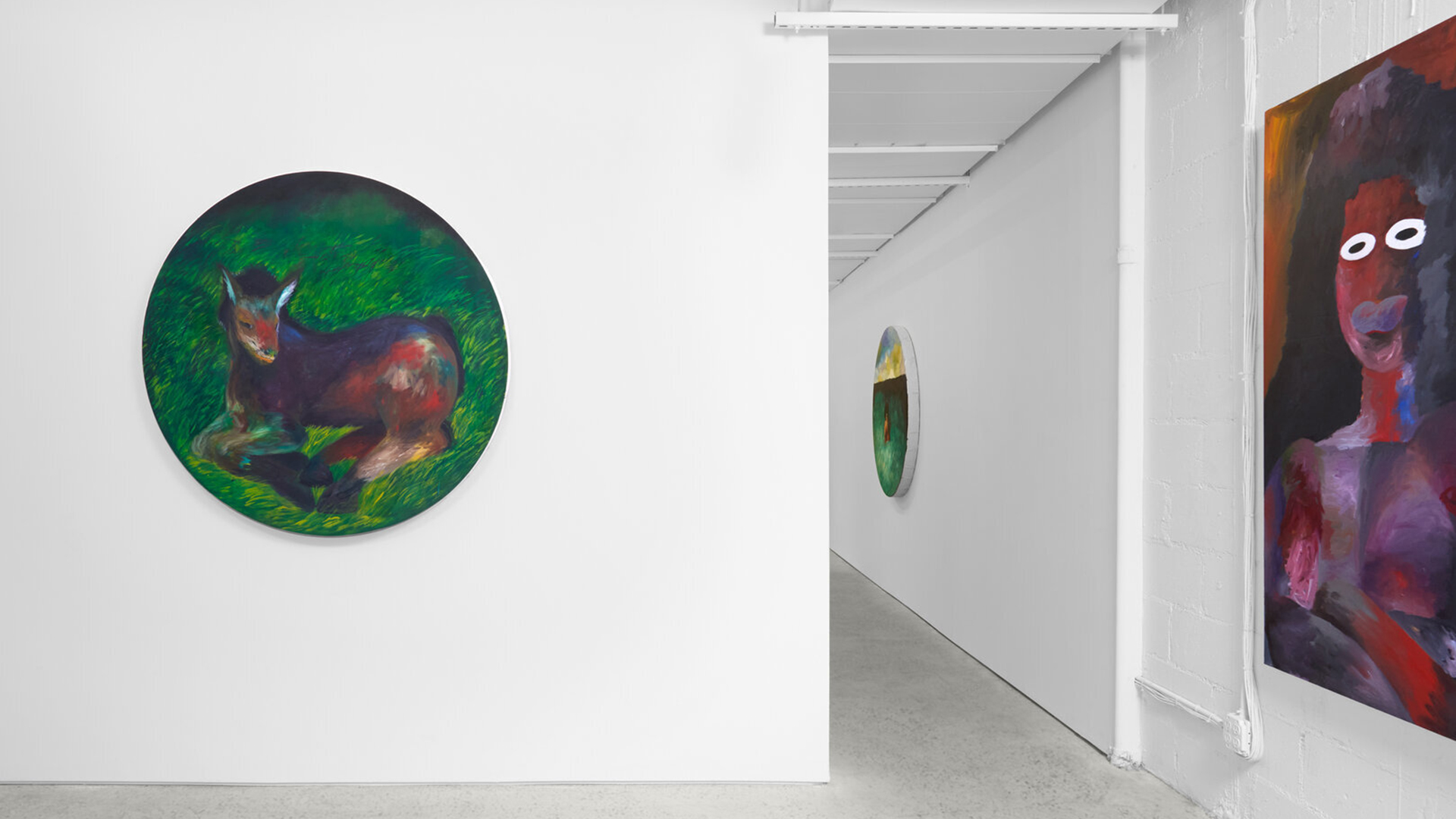
.jpg)
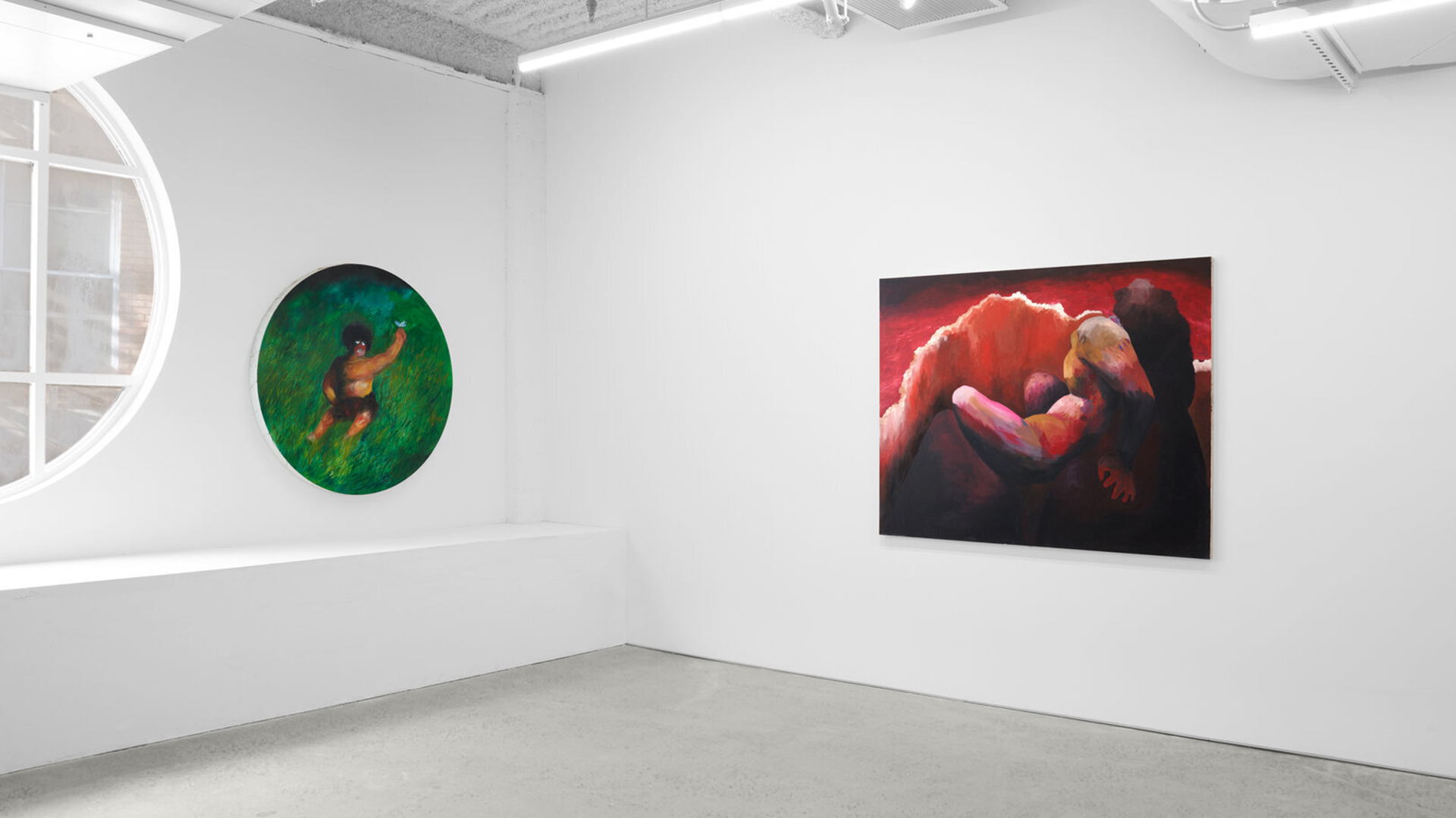
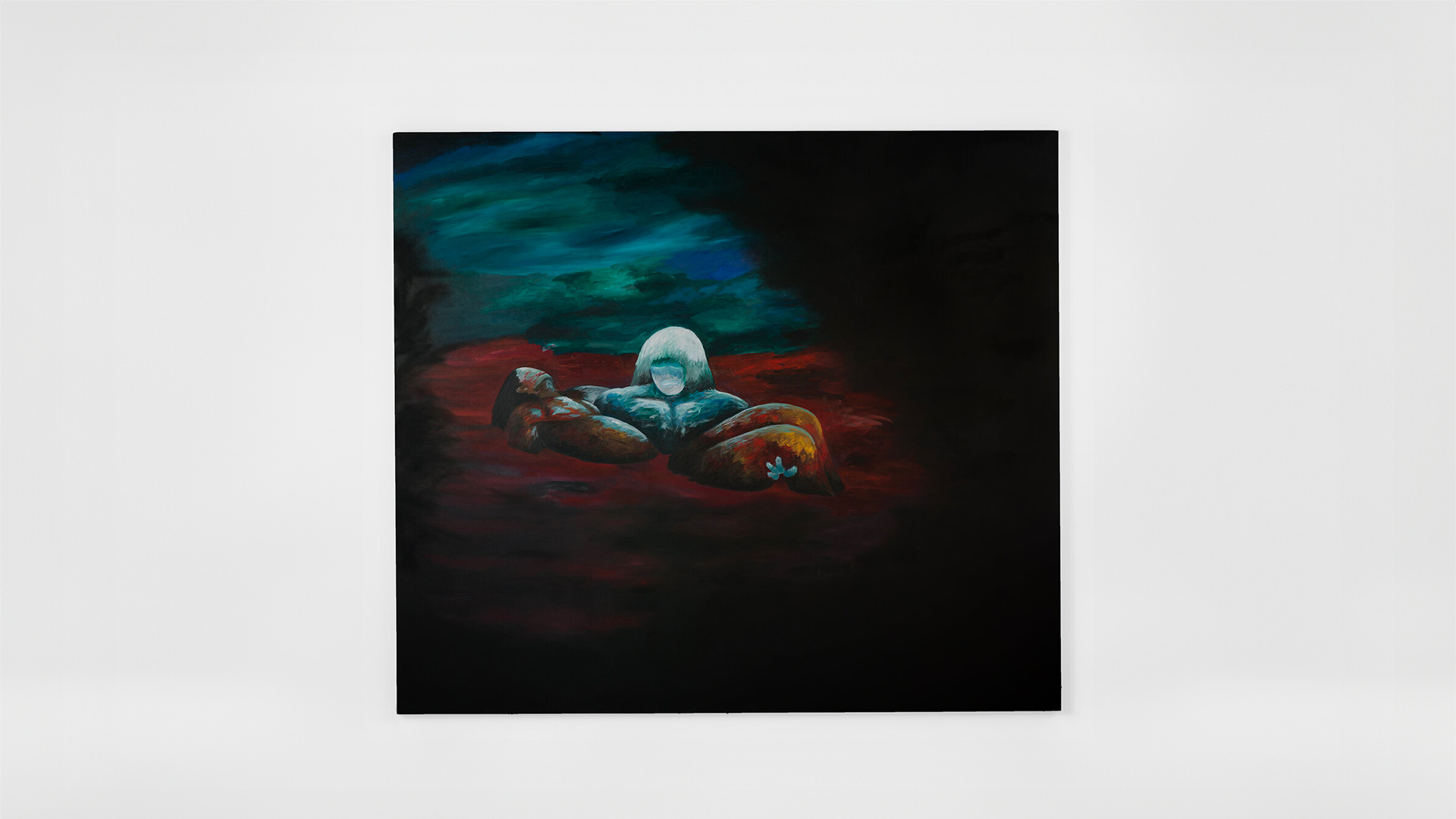
.jpg)
.jpg)
.jpg)
.jpg)
.jpg)
.jpg)
.jpg)
.jpg)
.jpg)
.jpg)
.jpg)